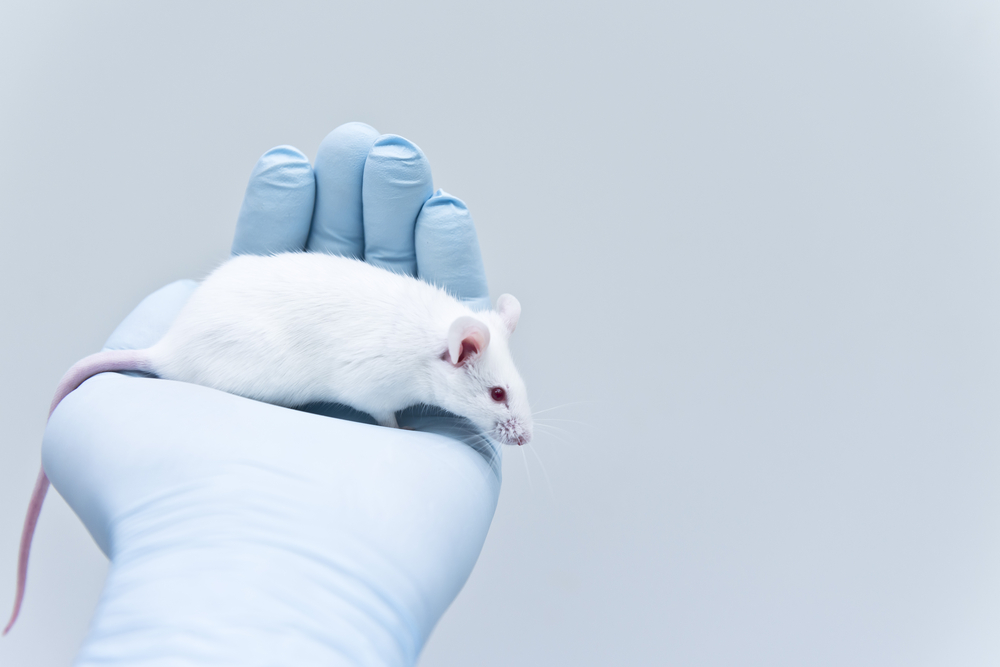Used in Chinese Medicine, Plant Compound Reduces Lung Scarring in Rats

Often used in traditional Chinese medicine, a plant compound called salvianolic acid B, or SAB, has been found to reduce lung scarring (fibrosis) and blood clotting when given in an inhaled form to a rat model of idiopathic pulmonary fibrosis (IPF).
These findings suggest that SAB should be further investigated as a potential IPF treatment, according to researchers.
The study, “Salvianolic acid B inhalation solution enhances antifibrotic and anticoagulant effects in a rat model of pulmonary fibrosis,” was published in the journal Biomedicine & Pharmacology.
Finding effective treatments for IPF remains a long-standing challenge. Although current therapies slow IPF progression, they do not significantly prolong survival, indicating that other therapeutic targets still need to be found.
SAB is a compound that can be isolated from the red sage — called Salvia miltiorrhiza and also known as Danshen — a perennial plant whose roots are highly valuable for medicinal purposes.
It’s a main component of a traditional Chinese medicine that has been used to ease the symptoms of fibrotic disorders. IPF patients sometimes turn to such remedies when conventional drugs fail, and scientists have explored some Chinese medicine components for treating scarring.
Past research showed SAB can limit fibrosis (tissue scarring) in a mouse model of induced pulmonary fibrosis. Yet, injections of the substance have also raised safety concerns.
Now, researchers from the China Academy of Chinese Medical Sciences, in Beijing, decided to evaluate the antifibrotic and anticoagulant — or anti-blood-clotting — effects of an inhaled formulation of SAB in a rat model of IPF.
The team first triggered the onset of the disease in the rats by treating them with bleomycin, a chemical commonly used for this purpose. The animals were then treated with different doses of an inhaled or nebulized formulation of SAB, or with a vehicle solution that lacked the compound.
Rats treated with nebulized SAB showed significantly less shallow breathing and lung resistance, which is a parameter that reflects the degree of difficulty in drawing a breath. Moreover, the rats also showed increases in the volume of air inhaled per breath and dynamic compliance — a measure of the lungs’ ability to stretch and expand.
After examining animal tissue samples, the researchers found fewer signs of physical damage to the lungs of the SAB-treated rats, compared with their untreated peers. Furthermore, the lungs of SAB-treated animals showed fewer signs of extensive fibrosis than those of untreated rats, suggesting that SAB may be able to slow the progression of IPF in these animals.
Several disease markers declined significantly in SAB-treated rats and the compound significantly boosted the activity of FII and FX blood coagulation factor genes. It also significantly increased the activity of two plasminogen activator genes — tissue type plasminogen activator and urokinase type plasminogen activator — that play key roles in preventing excessive blood clotting.
These results suggested that SAB may activate the fibrinolytic system, which is responsible for dissolving excess fibrin, one of the main molecules found in fibrotic scars.
SAB treatment also led to reductions in the amount of protease-activated receptor 1 (PAR-1) and phosphorylated protein kinase C (p-PKC) in the rats’ lungs, and increased the levels of unphosphorylated PKC, known as PKC. While researchers wrote that prior studies have found PKC to play a protective role in IPF, increases in p-PKC and PAR-1 may aggravate the condition.
“Collectively, our data revealed that SAB may exert its antifibrotic and anticoagulant effects by preventing the expression of PAR-1 and phosphorylation of PKC,” the researchers wrote.
They also added these findings suggest “that SAB is a potential drug for the treatment of IPF.”







